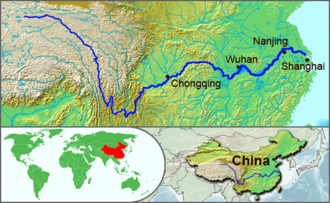Significant Glacier Discovery in Pakistan: Implications for Climate Research
Introduction
The discovery of new glaciers in Pakistan has sparked interest among scientists and climate change researchers worldwide. This finding highlights the important role that the Himalayan region, often referred to as the ‘Third Pole’, plays in global water resources and climate patterns. Understanding these glaciers is crucial, as they are pivotal to the water supply of millions in South Asia and can provide vital insights into climate change effects.
The Discovery
In late 2023, a team of researchers from the University of Karachi, in partnership with international climate scientists, conducted a detailed aerial survey over the Karakoram range. They utilised high-resolution satellite imagery and drone technology to map previously undocumented glaciers. This research revealed an astonishing 1,500 new glaciers that had been hidden from prior surveys.
Key Features and Findings
The newly discovered glaciers vary significantly in size, with some extending over several square kilometres. The research team’s initial analysis indicates that these glaciers are in a precarious state, with many showing signs of retreat attributed to rising temperatures. As average global temperatures increase, it is imperative to assess the health of these glaciers as they serve as a critical water source for the Indus River, which in turn sustains agriculture and livelihoods in Pakistan, India, and beyond.
Implications for Climate Change Awareness
With the ongoing climate crisis, the new glacial data could help better understand regional climate patterns and their impact on water resources. Hydrologists stress that monitoring these glaciers will be vital in predicting future water availability. Additionally, the findings are expected to support the formulation of policies aimed at climate adaptation and disaster risk reduction, considering that many communities rely directly on glacier-fed rivers.
Conclusion
This groundbreaking discovery of new glaciers in Pakistan presents an urgent call to action for climate scientists and policymakers alike. As awareness about the ramifications of declining glaciers increases, further research is necessary to measure their health accurately and predict future trends. The analysis of these glaciers could provide invaluable insights into the broader implications of climate change and enable countries in the region to proactively address water resource management. Therefore, continued exploration and monitoring of the Himalayan glaciers remain essential for maintaining the delicate balance of water resources in South Asia.









